In marketing and sales teams, there is a methodology commonly used to get inside the customer’s mind during a buying process.
It’s abbreviated as AIDA, and can be seen as a stripped-down approach to understanding consumer psychology.
A = Attention
I = Interest
D = Desire
A = Action
But for most B2B SaaS brands in India today, getting noticed has been a real headache. And improving brand visibility is a daily ballgame.
This is primarily because India boasts thousands of B2B SaaS brands. Truth be told, it is noisy out there!
But if you can crack the code on content marketing, you get a real shot at standing out even in a saturated market.
After all, content marketing is one of the most effective ways to reach out to your target audience. For starters, it doesn’t cost much and you get a real shot at establishing yourself as a thought leader in your domain. This is how big names like Drift, Buffer, HubSpot, and more have raised millions of dollars in revenue.
If you’re looking for inspiration to get started with your own, here are seven examples of Indian SaaS brands that are nailing content marketing.
- 7 Indian B2B SaaS Brands Crushing the Content Marketing Game
- #1 Kula :The Introspective and Opinionated Approach to Content Marketing
- #2 Chargebee : The All-Out Approach to Content Marketing
- 3. Instamojo – “The Tried and Tested Approach to Content Marketing”
- #4 Paperflite: The Non-Salesy Approach to Content Marketing
- #5 Kissflow: The Educational Approach to Content Marketing
- #6 WebEngage: The Diverse Approach to Content Marketing
- That One Indian B2C SaaS Brand That B2B Brands Can Learn from
- In Closing, We Would Like to Say
7 Indian B2B SaaS Brands Crushing the Content Marketing Game
#1 Kula :The Introspective and Opinionated Approach to Content Marketing
“Your recruitment stack needs a raise”
The award-winning recruitment automation platform, Kula, lets companies proactively reach out to top talent everywhere, not just in India. But, why only through Kula? Because they offer a no-nonsense approach.
Since their SEO game is on-point, stumbling upon their content is commonplace for recruiters. They primarily publish long-form content heavy on opinion pieces and how-to guides.
Kula is interested in establishing itself as a thought authority in the field of recruiting, which is evident from the following pieces that fearlessly offer opinions.
They also take a storytelling approach, which humanises their content and lends transparency to their operations. You will easily find the story of Kula’s founding members on their portal.
While their approach looks good, bear in mind that in no way are insightful blogs their only resources. You will also find quality gated content in the form of guides.
As a result of crafting high-quality original content and communicating with authority, some of Kula’s founding members have garnered thousands of followers on LinkedIn. Needless to say, they use this platform to share even more relevant and recruitment-focussed content.
View how Kula’s Rohit Srivastava is creating top-notch content on LinkedIn
Blogging Frequency: 2 to 3 times a month
LinkedIn Post Frequency: 2 to 3 times per week
#2 Chargebee : The All-Out Approach to Content Marketing
“Get the best lessons, observations, and stories on SaaS”
Chargebee is a leading platform for subscription-based businesses. It helps companies automate recurring billing, leverage revenue analytics, and do all sorts of subscription management.
Sounds complex, but Chargebee ensures its potential users understand the platform as simply as possible through engaging content. Here’s how.
For starters, Chargebee is ‘all over the place’… in a great way!
The company offers a spectacular variety of free content resources. They have a “Learning Hub” dedicated to understanding their product, its features and latest updates.
And use short blogs, podcasts, webinars, and customer stories to help potential customers quickly learn about Chargebee, thus shortening the curve between awareness and adoption.
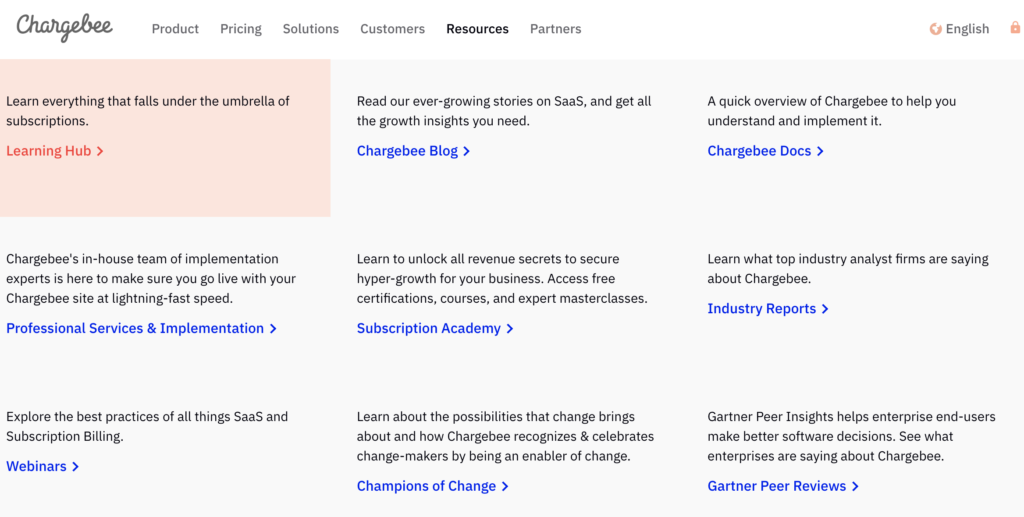
In addition to the Learning Hub, users also have easy access to Chargebee Docs, which is a collection of whitepapers, implementation guides, and more. So, just the right amount of handholding.
From well-researched blogs to hard-to-find industry reports, Gartner Peer Reviews, and much more, you can find all things SaaS by Chargbee.
Their content strategy is to generate, acquire and share a tonne of valuable information on the cloud, which, integrated with SEO, provides them excellent visibility.
Since it is a horizontal SaaS company, generating a variety of insightful content is critical in reeling in customers from across the board, and not a specific industry. This is why you’ll find that Chargebee’s content marketing strategy involves sharing information on as many things as possible within the SaaS domain.
Check out Chargebee’s comprehensive resources page
Blogging Frequency: They take the bulk posting approach. Sometimes nothing for days and then multiple posts on one day.
LinkedIn Post Frequency: 3 to 4 times per week
3. Instamojo – “The Tried and Tested Approach to Content Marketing”
“Learn more”
One of India’s simplestonline selling platforms for small businesses and MSMEs, as they call it, Instamojo relies on the tried and tested strategy of producing zingy email content in addition to blogs, e-books, videos and podcasts.
“But something we swear by is email marketing. It has not just helped us gain great branding traction amongst Indian MSMEs but also add to our revenue”.
– Rapti Gupta (Content Marketing Head at Instamojo)
This content marketing strategy has worked exceedingly well for the brand. About three years ago, they rolled out a fortnightly email newsletter by the name of SME Wrap. It includes carefully curated pieces for Indian small businesses, including compelling news items for the MSME sector.
The newsletter did not become an instant hit. But with thoughtful content generation and curation, it has acquired a subscriber base of over 100,000 people with 45000+ active readers today.
In one example above, they have taken an already trending topic and extracted information from it for the MSME sector. Thus, making good use of topical content.
Here is a brief list of content best practices Instamojo uses as outlined by Rapti Gupta.
- Decide the end game of your email newsletter.
- Fix a content format depending on the purpose. A purely textual email may work for news and updates, but not for product launches.
- Select a user and budget-friendly email marketing tool.
- Focus on the design depending on the age group of your target audience. For example, don’t use millennial references for boomers, just because they are popular.
- Make sure they are responsive across all handheld devices.
- Be sure to include the “Unsubscribe” button in your emails.
- As a company, subscribe to as many competitor newsletters as possible. Doing this will keep you on top of the latest content trends via email.
- Stick to 1 call-to-action per email.
- Offer as much value through email content for free.
Blogging Frequency: 2 to 3 times per week
LinkedIn Post Frequency: 2 to 3 times per month
#4 Paperflite: The Non-Salesy Approach to Content Marketing
“Intelligent content for contextual conversations”
Trust a sales content management software to do well when it comes to its own content marketing. Paperflite is an end-to-end content enablement tool allowing your marketing teams to create, store, distribute and track all your content.
To generate awareness about their tools, they post insightful blogs that are mostly how-to guides, case studies and best practices. Instead of presenting their solutions as a separate entity, they weave it within their blog topics. But this is not it!
Their resource gallery offers a lot more:
- Free training sessions through their online academy
- Videos on different Paperflite features
- Information on tool updates
- Info on product launches
- News on new content-technologies doing the rounds
And, much more.

They offer a tonne of insightful content resources without sounding too salesy or pushing customers to subscribe right away. Most of their resources are free while some come in exchange for your email id. They also offer a relatively longer free trial that lasts for 21 days.
Blogging Frequency: 2 to 3 times per week
LinkedIn Post Frequency: 5 to 6 times per week
#5 Kissflow: The Educational Approach to Content Marketing
“Low code, no code work platform”
Kissflow is a Business Process Management (BPM) automation tool, which allows users to manage and track purchase orders and invoices and vendors. It is a simplified digital platform that lets individuals know the tasks assigned to them and control their flow.
Sounds technical? This is precisely why most of their content takes an educational approach through whitepapers, e-books and guides.
Their e-books are free to download, in exchange for your email id, and offer information within the context of business process management, project management and procurement.
They also provide extensive social evidence through their content. This mostly comes in the form of customer success stories. In fact, you’ll find few companies that provide extensive case studies on clients using their product, the way Kissflow does.
Such a content approach instantly builds credibility and allows potential users to quickly pick up on the workings of a product.
Kissflow does have a blog, mostly dedicated to procurement and its trade practices, but it’s the e-books, case studies and use cases that champion their content game.
Blogging Frequency: 1 to 2 times a week
LinkedIn Post Frequency: once in two weeks
#6 WebEngage: The Diverse Approach to Content Marketing
WebEngage is a full stack marketing automation tool that drives customer retention through omnichannel manager, personalization and analytics engine, and campaign manager. Given its comprehensive clientele – from e-commerce to travel and EdTech to banking and insurance – WebEngage generates and shares a diverse stream of content.
Impact stories – These include case studies for all categories of businesses that have gained from WebEngage.

Blogs – They aggressively post blogs that mostly focus on marketing automation and personalization (both hot topics these days). Expressing expertise in these domains have garnered them significant readership.

E-books – Most of them talk about cross-channel engagement and are available for free.

Webinars – These mostly talk about boosting user engagement, marketing automation, and campaign personalization.

Podcasts – EngageCast features free interviews and dialogues from industry experts providing top-notch inputs and doling out valuable advice.

Notice how WebEngage leverages different content formats for different topics. This is because certain topics are best consumed through specific formats.
Blogging Frequency: 2 times per week
LinkedIn Post Frequency: 12 to 14 times per week
That One Indian B2C SaaS Brand That B2B Brands Can Learn from
Here is some class act content marketing by an Indian B2C SaaS brand peddling service, which very well can fall in the B2B domain.
Simply put, what they do for individuals, many brands do for B2B clients. We’re talking about Fi winning hearts by rolling out financial content in the funniest way possible.
6. Fi – “The Humorous Approach to Content Marketing”
“We are makers, thinkers, explorers & dreamers”
Doesn’t exactly sound like the opening line of a financial services company, does it? But that’s what Fi is. It is an Indian SaaS brand that has managed to capture an audience by making financial literacy fun.
By sharing funny content in the form of memes, one liners and blog posts, they make their viewers stick to their pages more often than not. This is not all!
Their content marketing strategy also involves publishing a whole lot of topical content, meaning, articles and blogs that relate to the latest and hottest of financial topics.
Add to it, where most B2B brands don’t ever think of hiring brand ambassadors, Fi has started forging partnerships with individuals and organisations that have little to do with the field of finance and financial services.
They have recently partnered with short-form content company Filter Copy and stand-up comedian Kenneth Sebastian to roll out funny content around personal finance. The strategy here is to get people to consume snackable content through relatable figures.
You should also check out their Twitter Page. We guarantee you’ll be left scrolling for at least 10 minutes with a silly grin on your face.


Blogging Frequency: They take the bulk posting approach. Sometimes nothing for days and then multiple posts on one day.
LinkedIn Post Frequency: 3 to 4 times per week
In Closing, We Would Like to Say
B2B content marketing is tough, with dozens of elements to explore and conquer. We hope through these examples, you can identify the common content themes brands mentioned above stick to. These include:
- Providing focussed content to segmented audiences.
- Churning relevant, actionable and interactive content, rather than content that’s preachy and text-bookish.
- Creating and sharing content in different formats (textual and AV-based).
- Posting quality over quantity.
- Connecting with humour.
- Staying away from monetizing content.
Go forth and conquer.

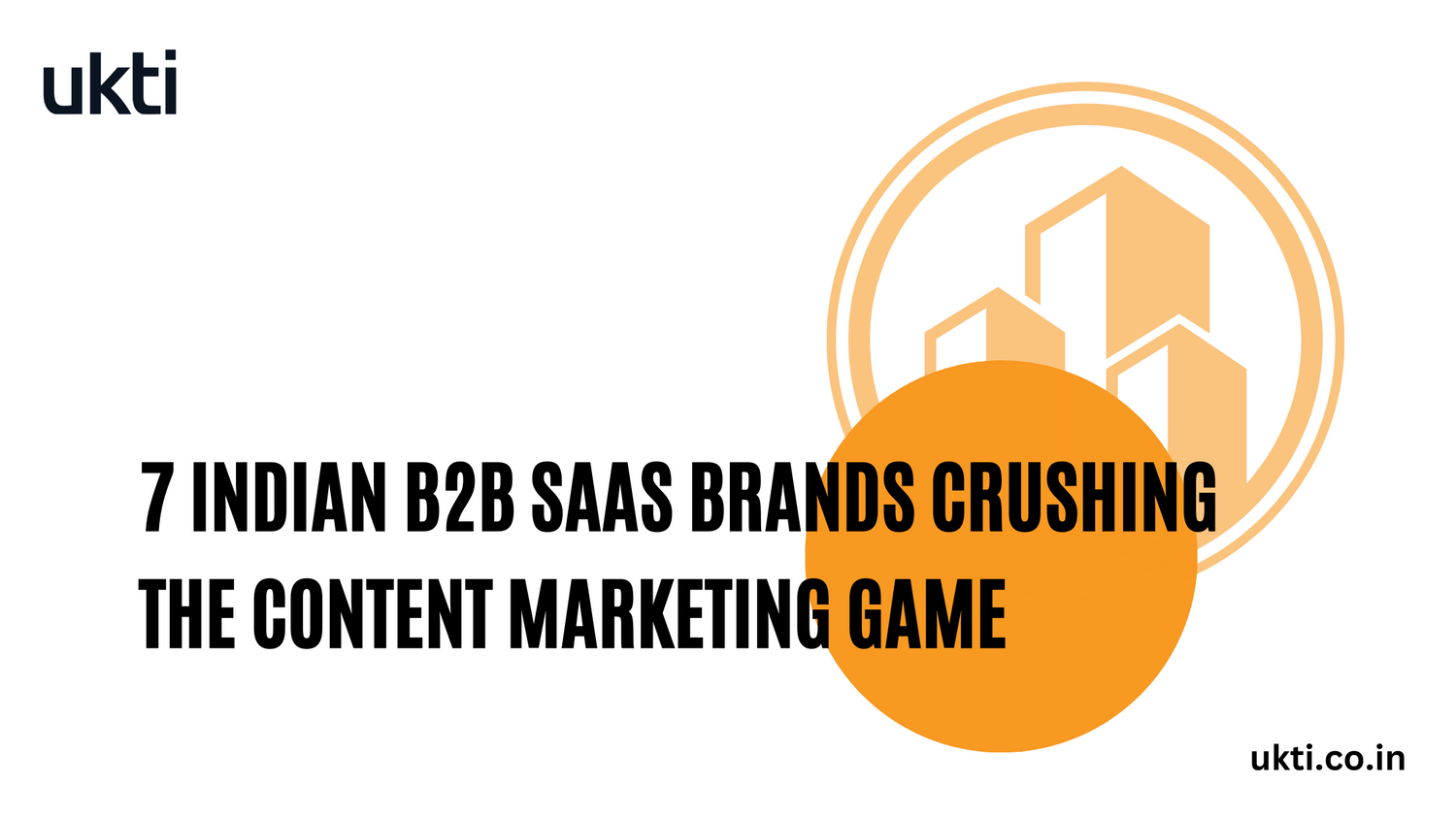
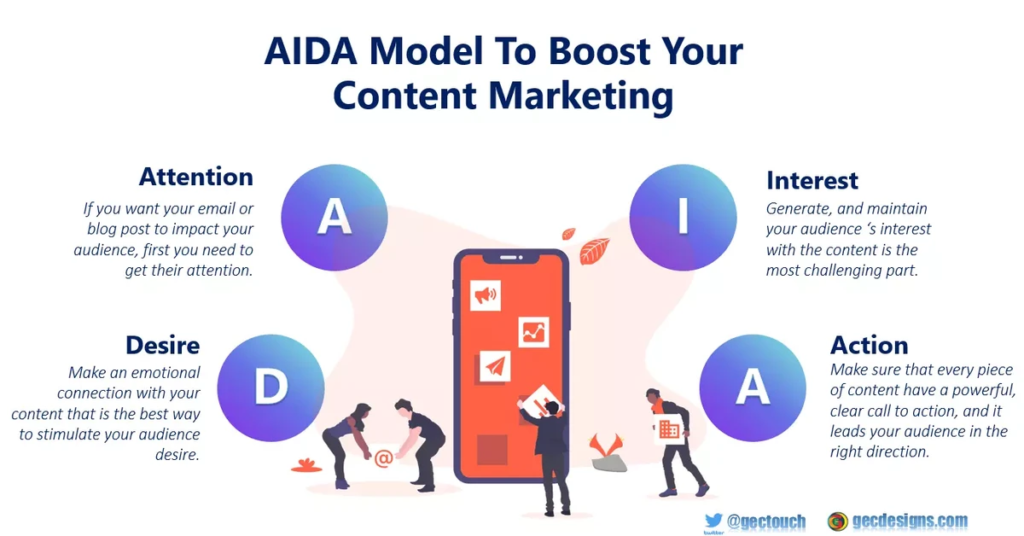
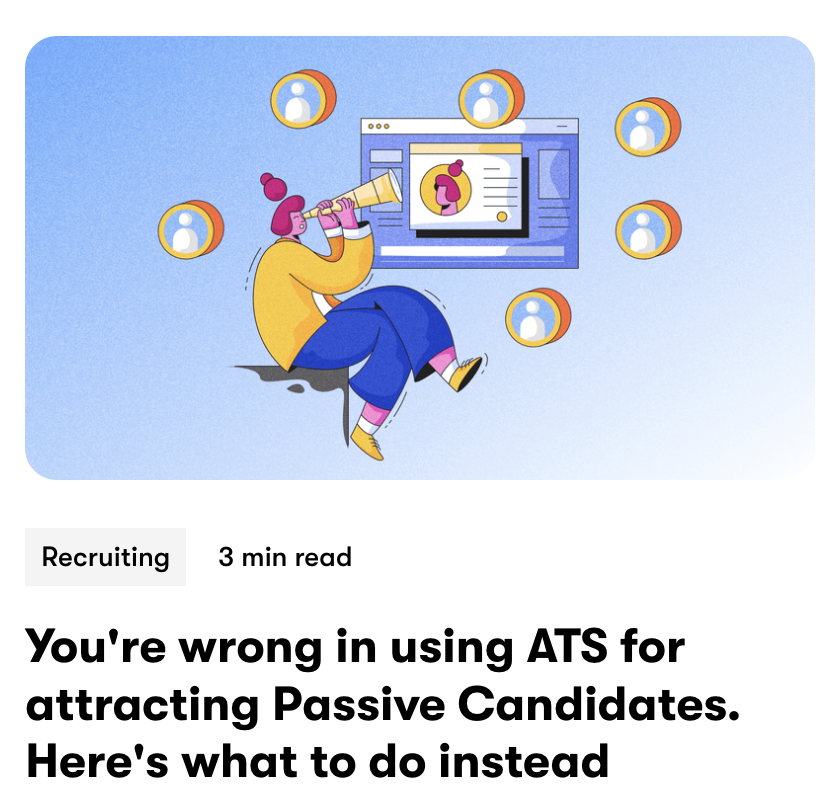
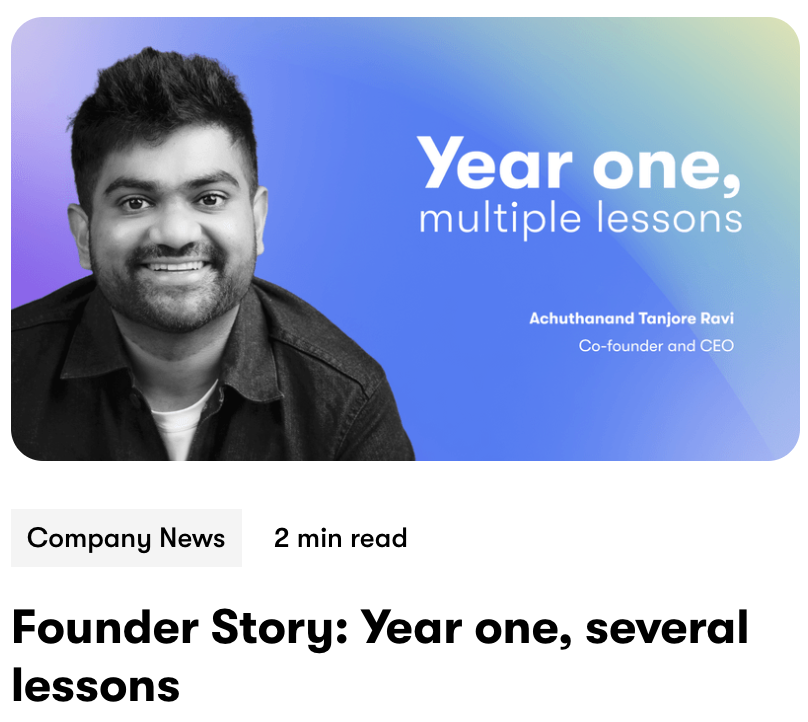
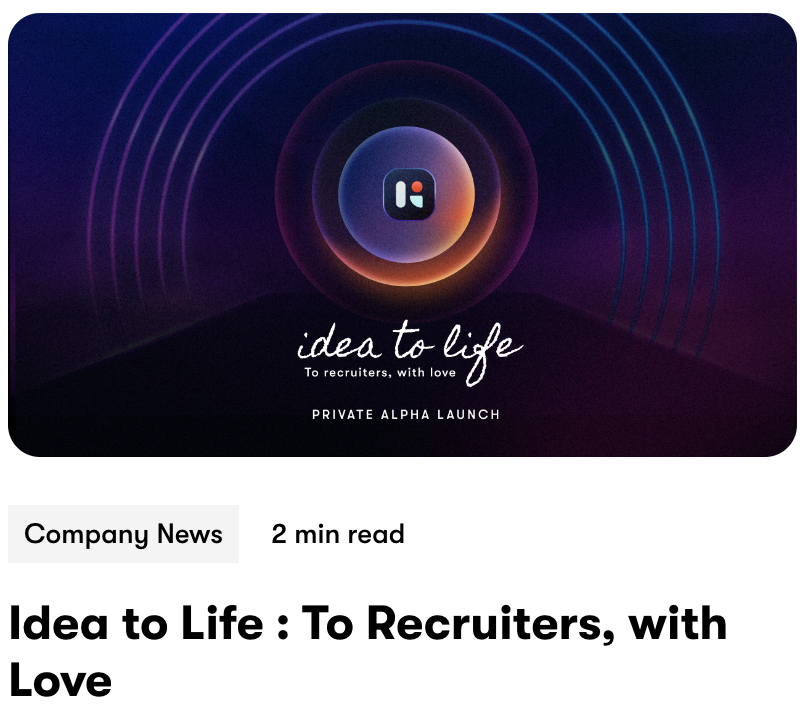
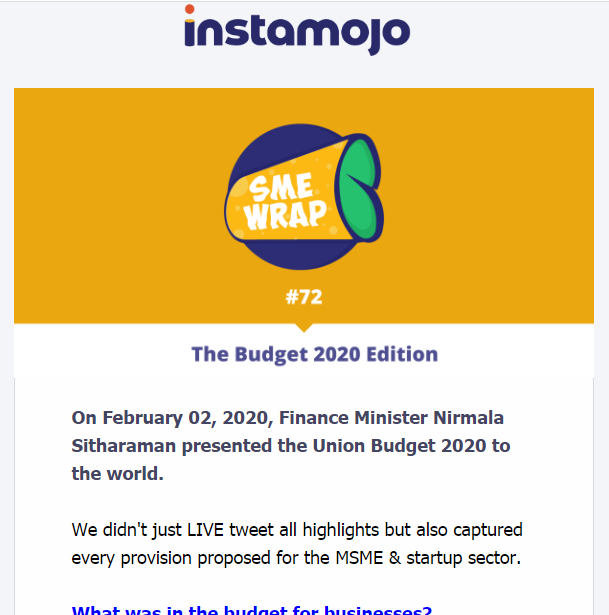


2 thoughts on “7 Indian B2B SaaS Brands Crushing the Content Marketing Game”